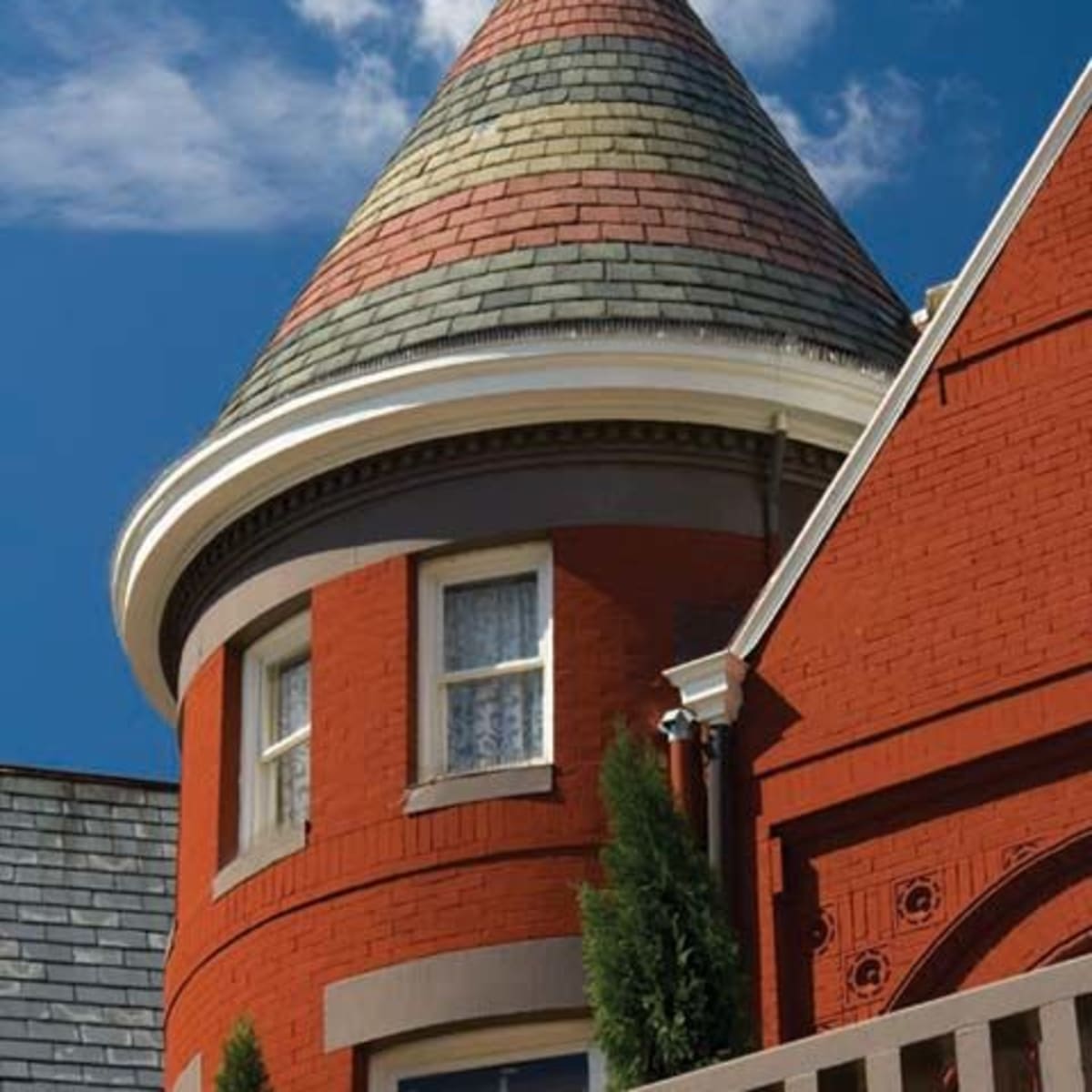Old House Elements Worth Saving During a Renovation

Filled with wonderful character, old homes can have some characteristics that are not so loveable. Many homebuyers purchase an old house with renovation in mind before they sign their contract. There are some elements in the aging structures, however, that should be left to restoration instead of demolition.
-
Built-Ins Unless there is serious damage to the pieces, leave the built-in shelving or window seating. Most built-ins are there to function in some way, and you will likely appreciate and use them once they have been restored.
-
Molding and Doors Whether plaster or wooden, crown and window molding, ceiling beams, and baseboards should be revived in whatever way necessary to bring them to their former glory. Solid core doors are another item to keep and restore.
-
Plaster Crumbling plaster looks awful and may be expensive to repair. The folks at The Craftsman Blog point out the benefits of leaving and mending the plaster over installing new drywall.
-
Original Windows While energy-efficient windows are encouraged to most home remodelers, there are ways to save old wooden windows in a house and still save energy. Old House Online says getting an energy audit, insulating your attic, and weatherstripping, among other things, will make the old windows rival replacements.
-
Fireplaces Sometimes, homeowners rip out newer wall coverings and find a gleaming old fireplace hiding behind it. If you’re not interested in using it, have a professional close it in safely, and use it as a feature in the room. Otherwise, the same pro can likely bring the chimney up to code so the fireplace can be useful.
-
Floors Almost every old home has hardwood floors hiding beneath carpet, tile, or linoleum, and sometimes all three at once! They may look awful when peeling back the layers, but this type of old-growth wood cannot be found anywhere in modern times, and restoring them will be the best thing you can do for them.
Other features you should consider keeping are wood siding, mosaic tile, exposed brick, porch columns, and lighting fixtures. If you see that you’d rather mix modern elements into the house, do your best to find someone who will remove the old items so they can be used by other old house renovation projects. Sell them outright, through a consignment shop, or donate to a Habitat for Humanity ReStore.
Courtesy of New Castle County DE Realtors Tucker Robbins and Carol Arnott Robbins.
Photo credit: Old House Journal







